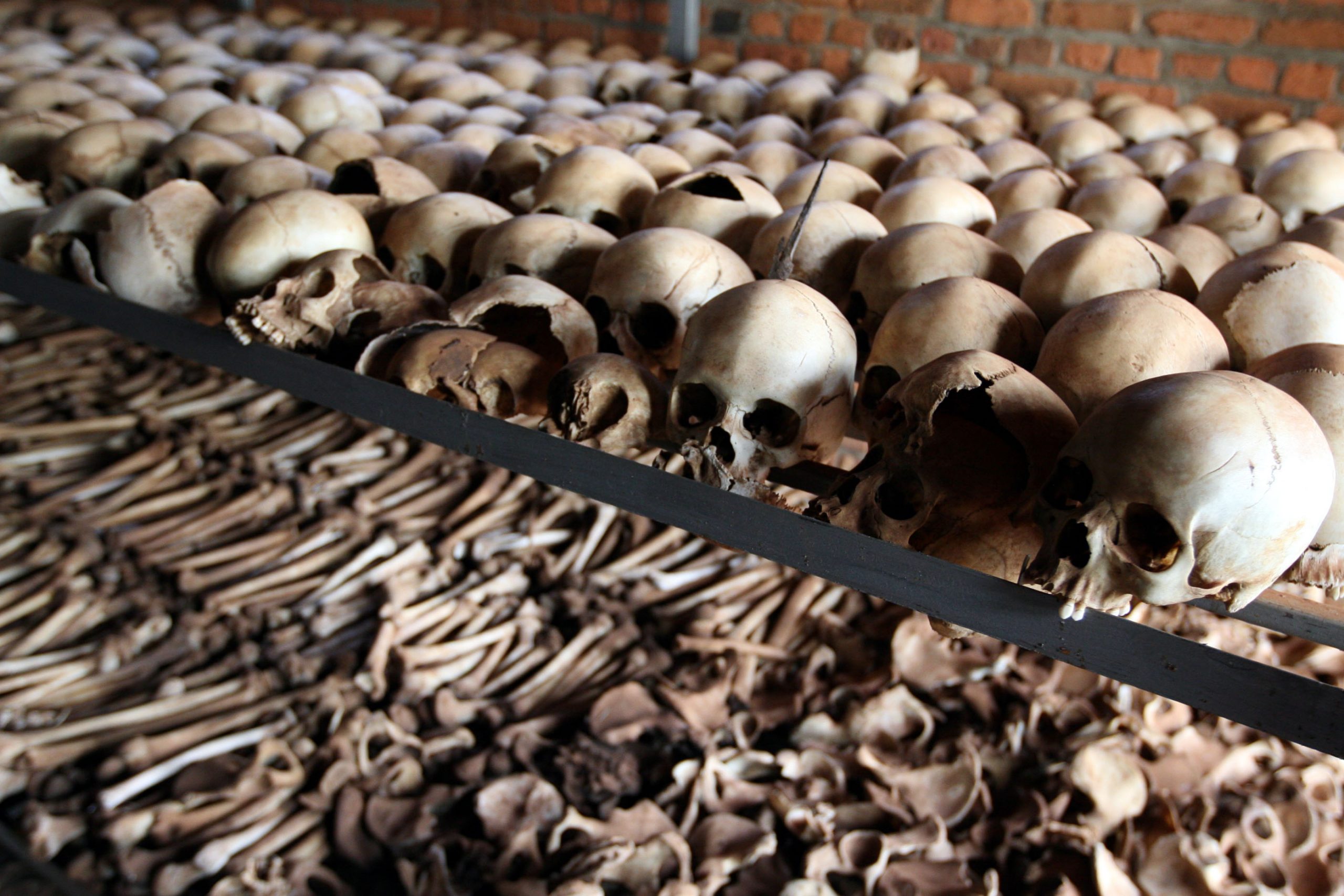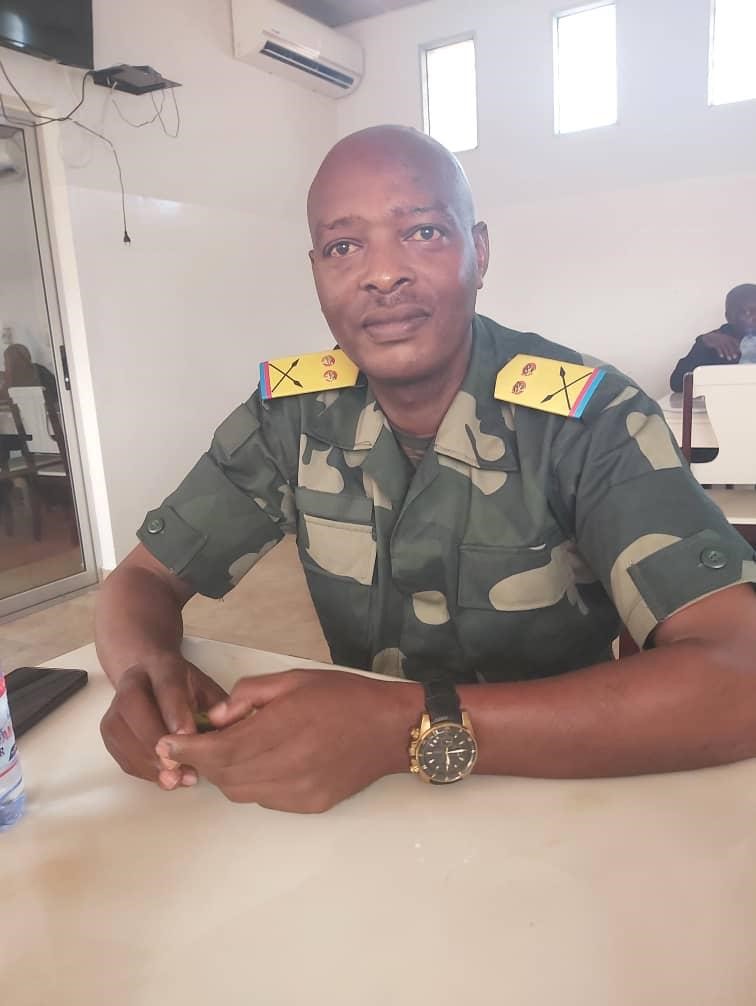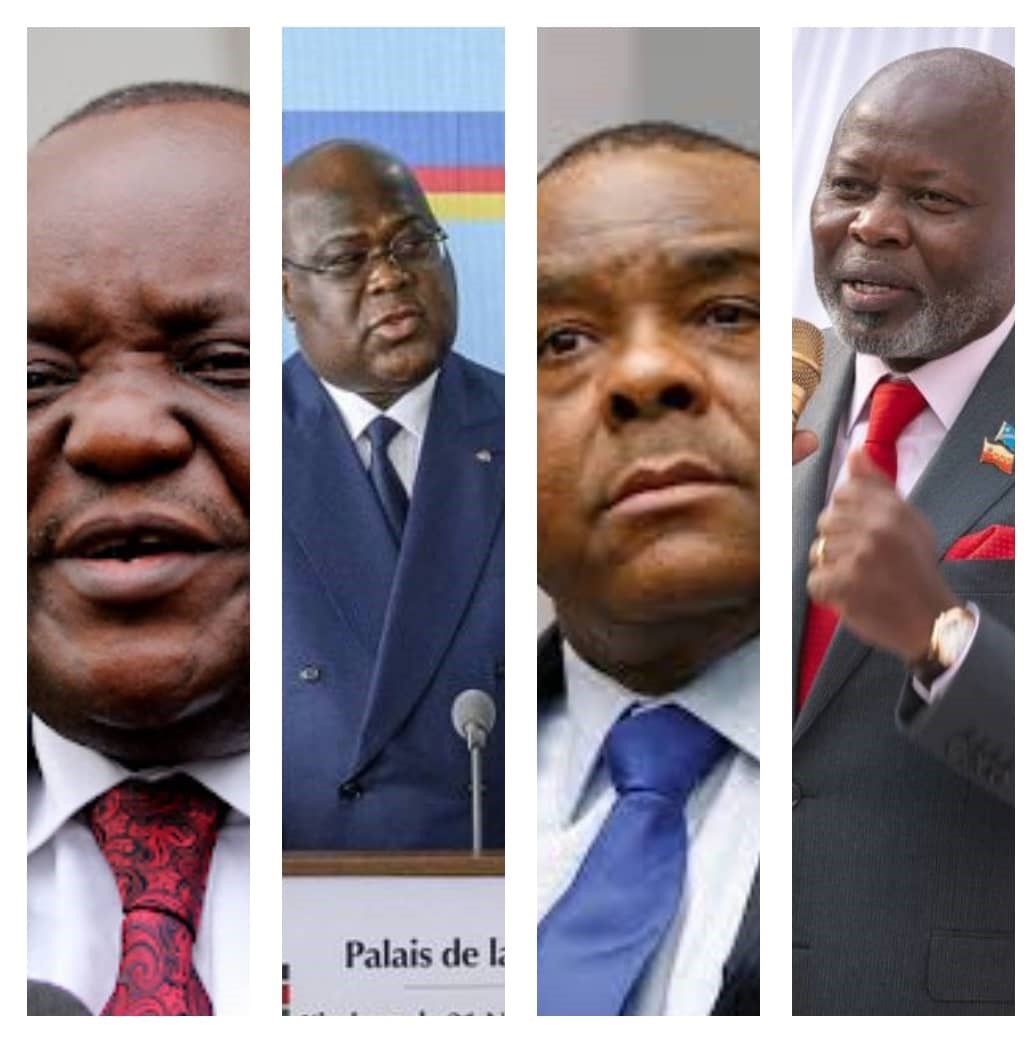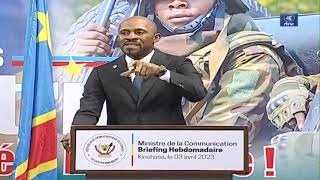Regional
April 21, 1994: Deadliest day of 1994 Genocide against the Tutsi

April
21 was the deadliest day during the 1994 Genocide against the Tutsi, a tragedy in
which more than one million people were murdered within 100 days.
That
day, more than 50,000 Tutsi were killed in Murambi, more than 35,000 were
killed in Cyanika Catholic Parish and more than 47,000 were killed in Kaduha
Catholic Parish, all in Nyamagabe district.
More
than 70,000 other Tutsi were killed at Karama Parish while over 11,000 were killed
in Huye Commune. An unidentified number
of massacres were carried out in different parts of Butare town including at the
National University of Rwanda, the University Teaching Hospital (CHUB), the former
Military School (ESSO), EAV Kabutare, Groupe Scolaire Officiel de Butare, CARAES
Butare, SORWAL (the match boxes factory), Ngoma and Rugango Catholic Parishes as
well as in Cyarwa.
Over
50,000 Tutsi were massacred in the former Ntongwe Commune, now Ruhango
district.
The
interim President, Sindikubwabo Théodore, visited Gisagara Sous-prefecture to
initiate the Genocide. Some 2,000 Tutsi were killed in Gishubi and Kibirizi in
Gisagara district, among many other places, that day.
The
Tutsi who sought refuge at Gashinge hill, Kamonyi district, were killed by a
major attack launched by the genocidal regime’s army, police, and Interahamwe
militia.
Most
of the Tutsi who were killed at the Cyakabiri roadblock in Muhanga district, died
on the same date.
Rape
and other cruel forms of sexual violence against Tutsi girls and women also
went on. Among others, Father Wenceslas Munyeshyaka encouraged Interahamwe to
rape a young Tutsi refugee at the Sainte Famille Parish.
Besides
these well documented horrific genocidal crimes that were committed on April
21, 1994, it is most likely that there are additional incidents not yet known, especially
since available statistics indicate that three quarters of the Tutsi
countrywide were killed in April 1994.
Worse
still, on the same date, the United Nations adopted resolution 912 aimed at reducing
its peacekeeping force in Rwanda, from 2,500 to 270, despite numerous warnings that
the move would only increase the carnage in the country.
Speaking
at the beginning of the 29th commemoration of the 1994 Genocide against the
Tutsi, at Kigali Genocide Memorial, President Paul Kagame said that the world
turned its back on Rwanda at the time of need.
He
said: “When we needed every help we could get, and everybody, the world turned
their back on us. That’s part of the historical facts. The world turned its
back on us.”
“So,
that is simple. The message is ‘you are on your own’. So, we should learn to be
on our own and I think we have learned enough. If they help, we appreciate. If
they don’t, we don’t have to perish all of us, just because somebody didn’t
show up to help.”
Gen
Roméo Dallaire who led UN mission in Rwanda sent daily reports to the Security
Council on the killings of the Tutsi but all his efforts to prevent the massacres
were in vain.
He
warned that presidential guards and Interahamwe militia had become like a
"virus" which was spreading quickly.
The
UN ignored him and left the Tutsi to be massacred in broad daylight.



.jpeg-20230411051445000000.jpeg)



